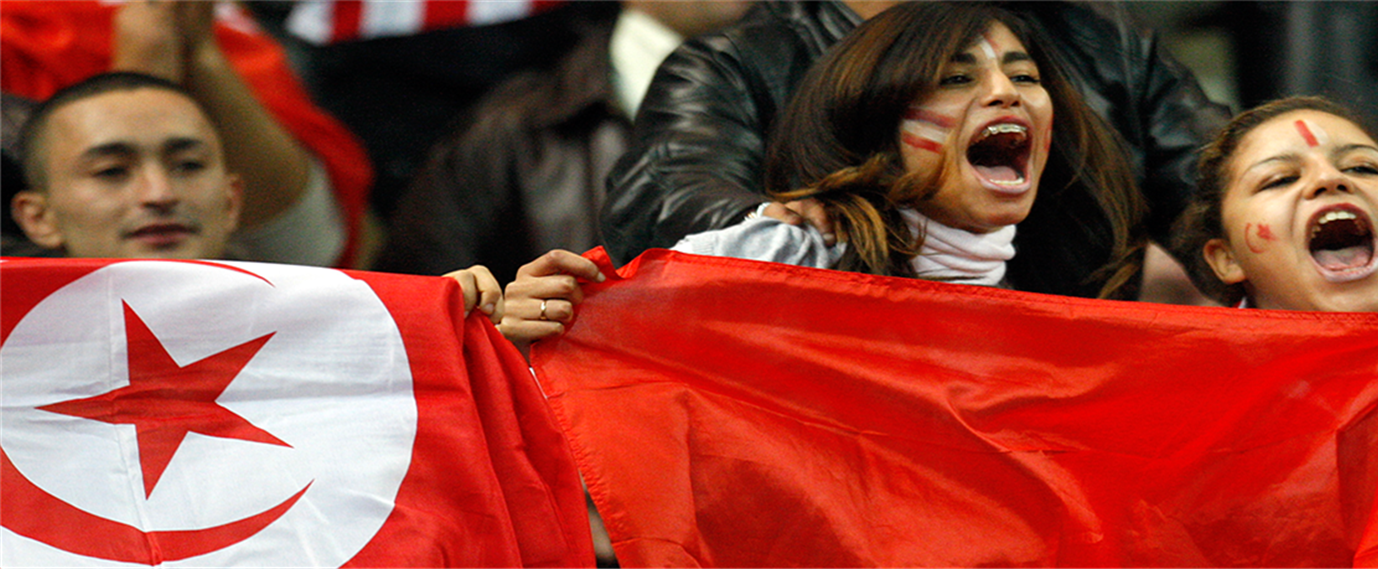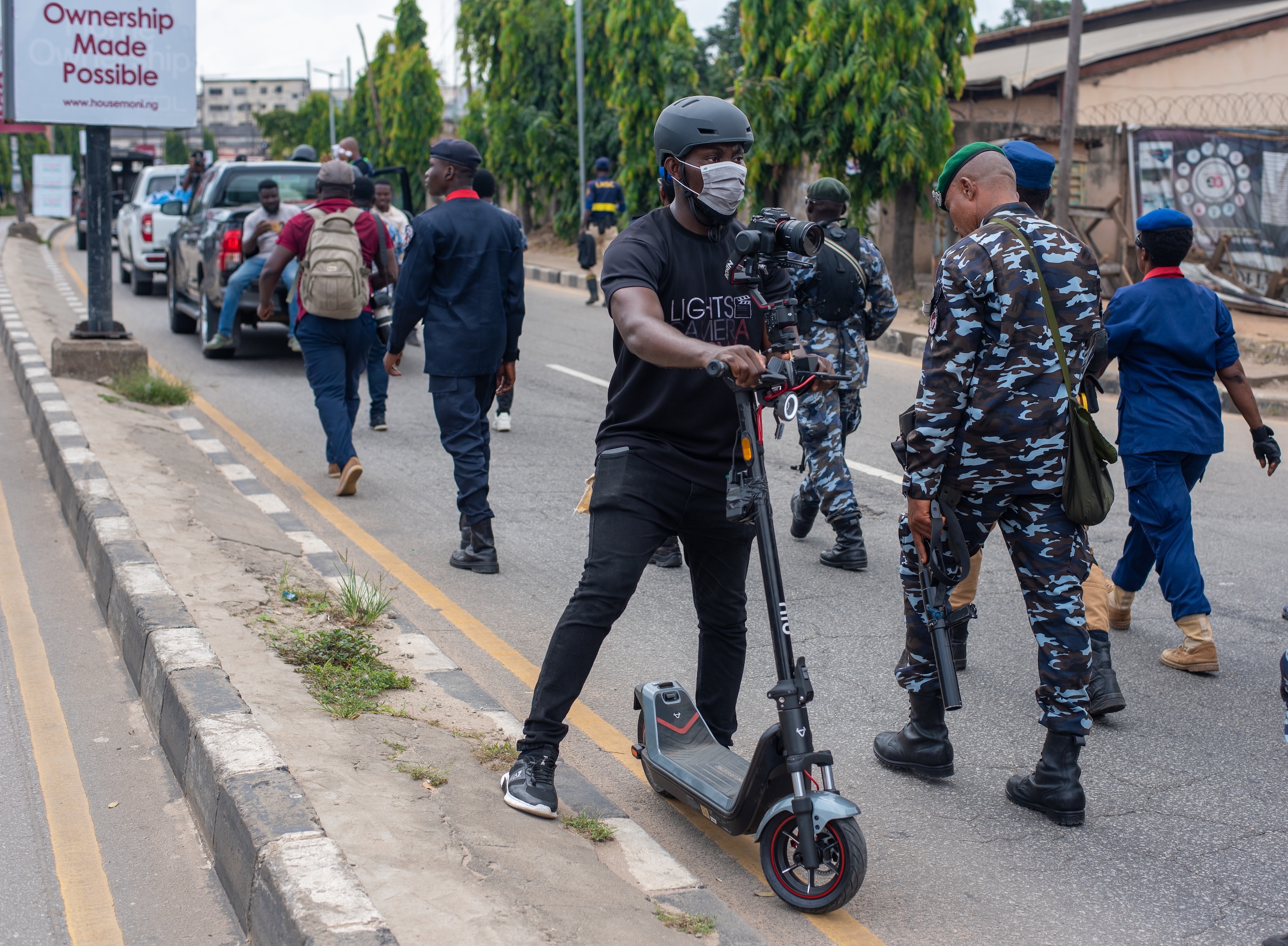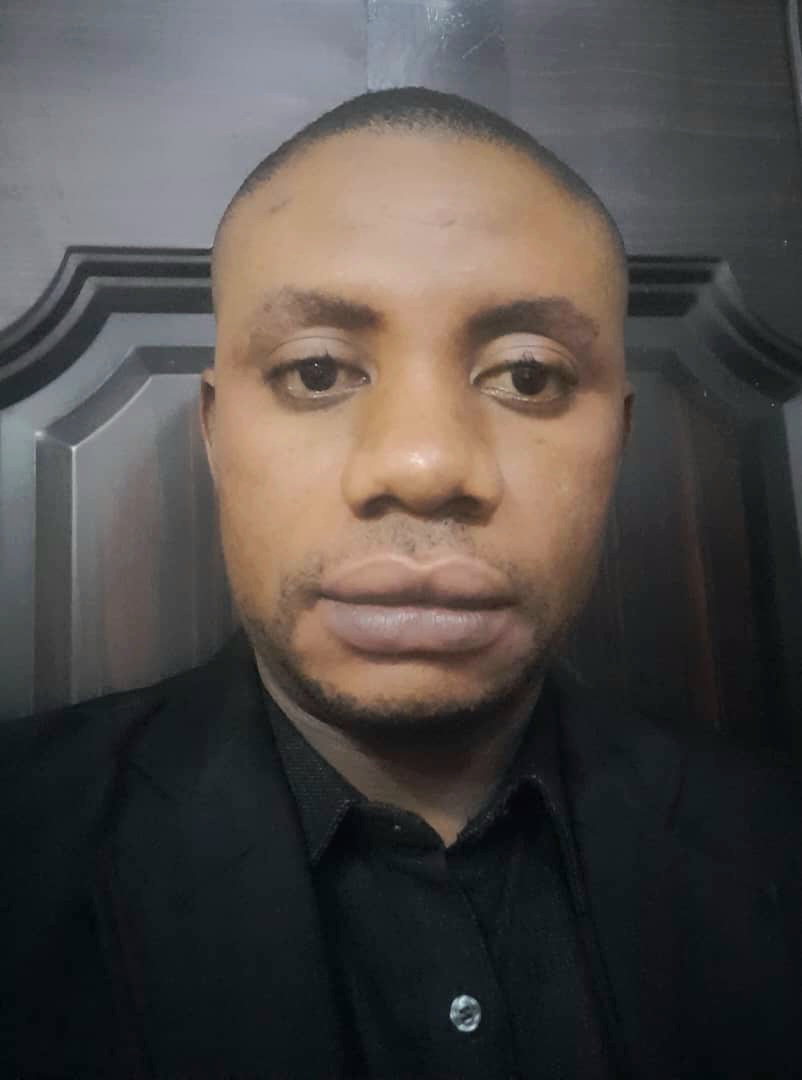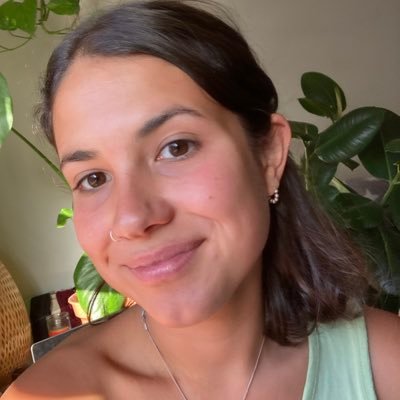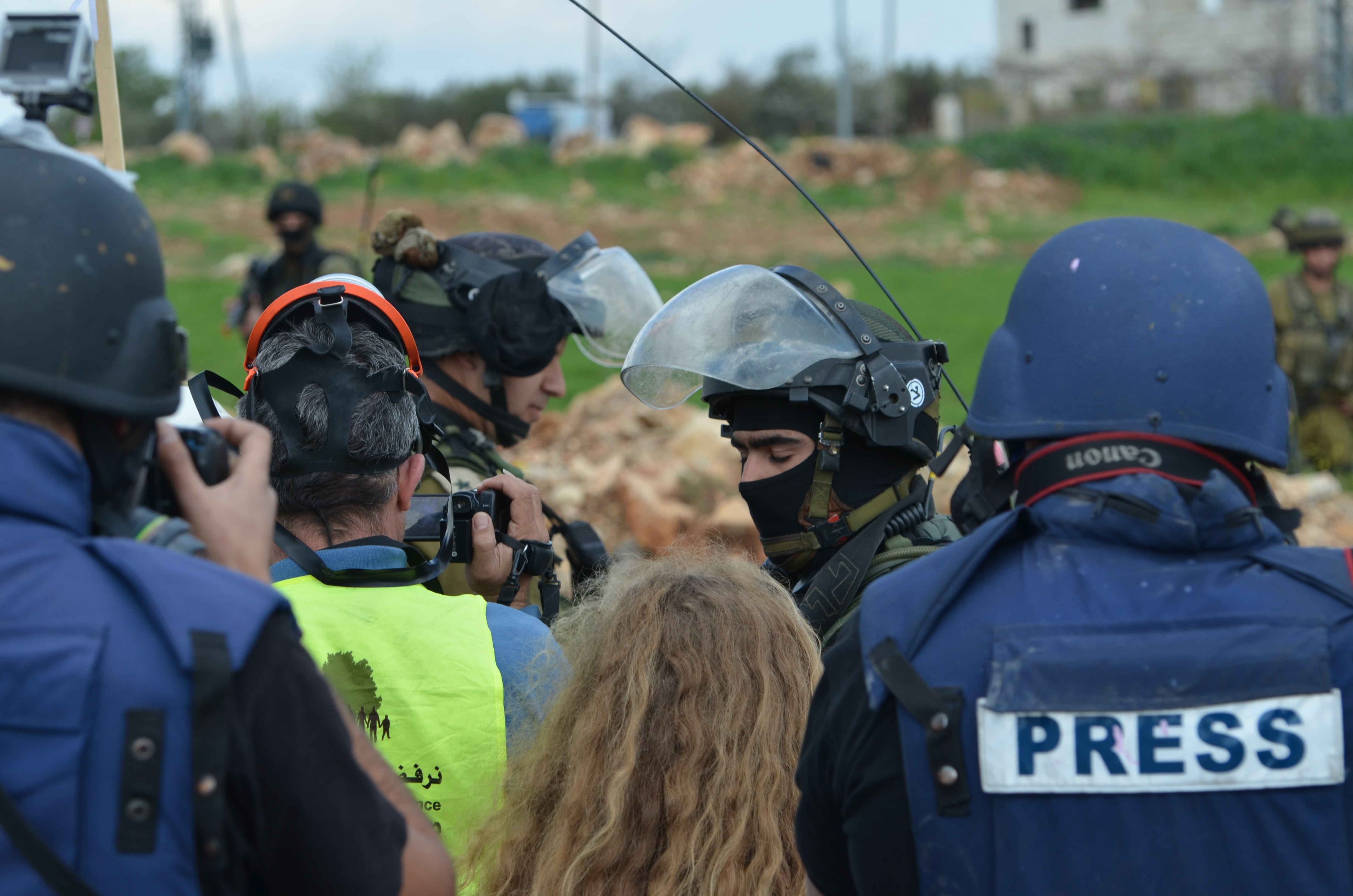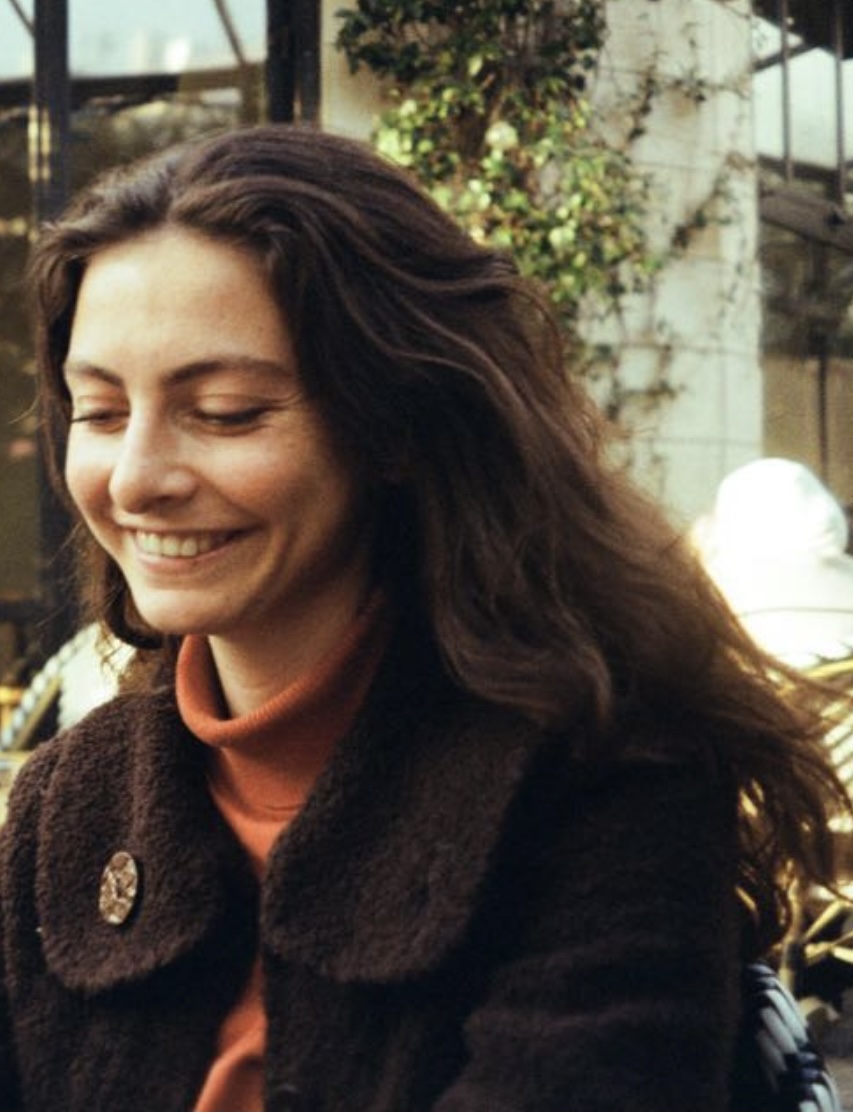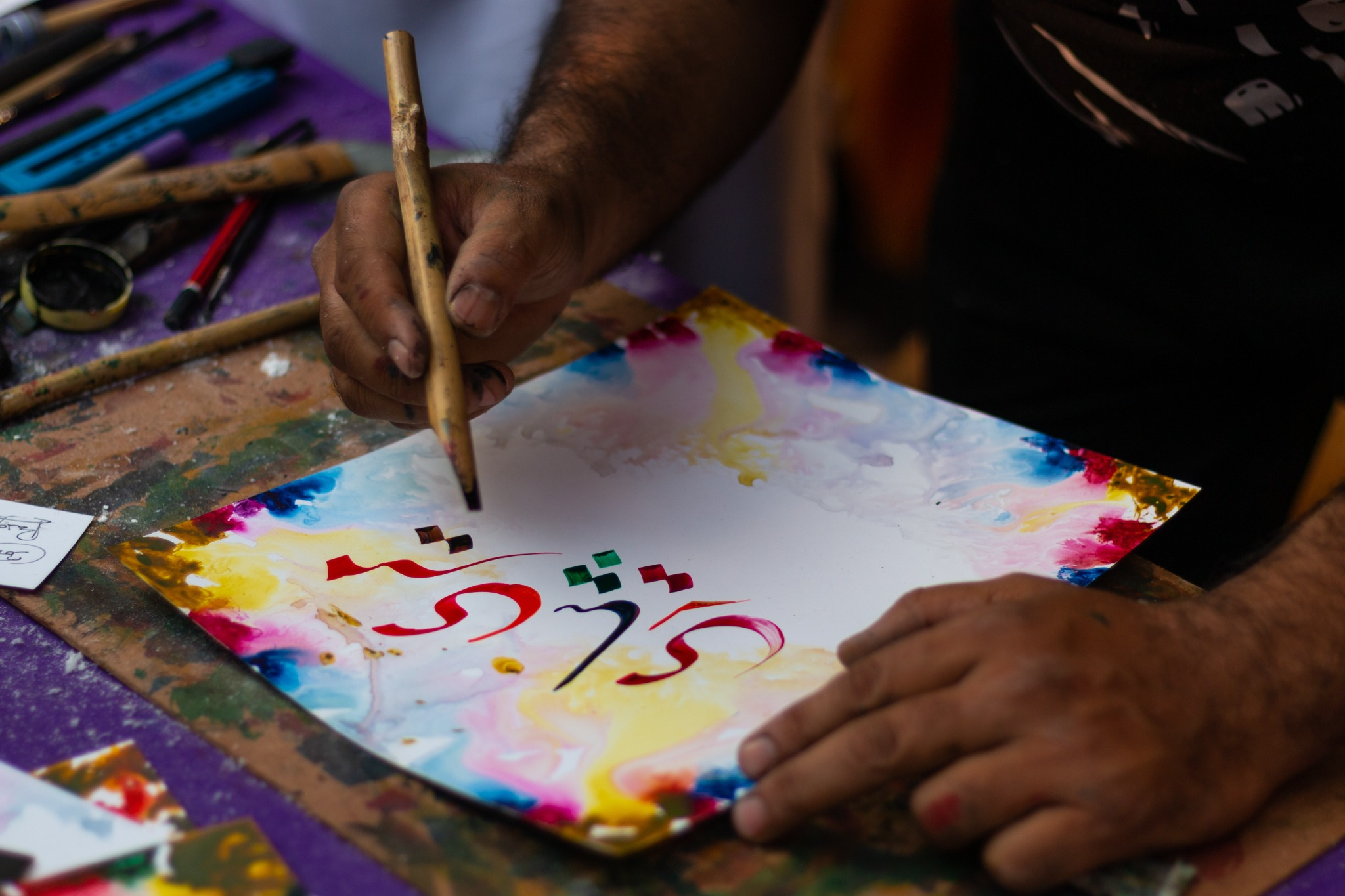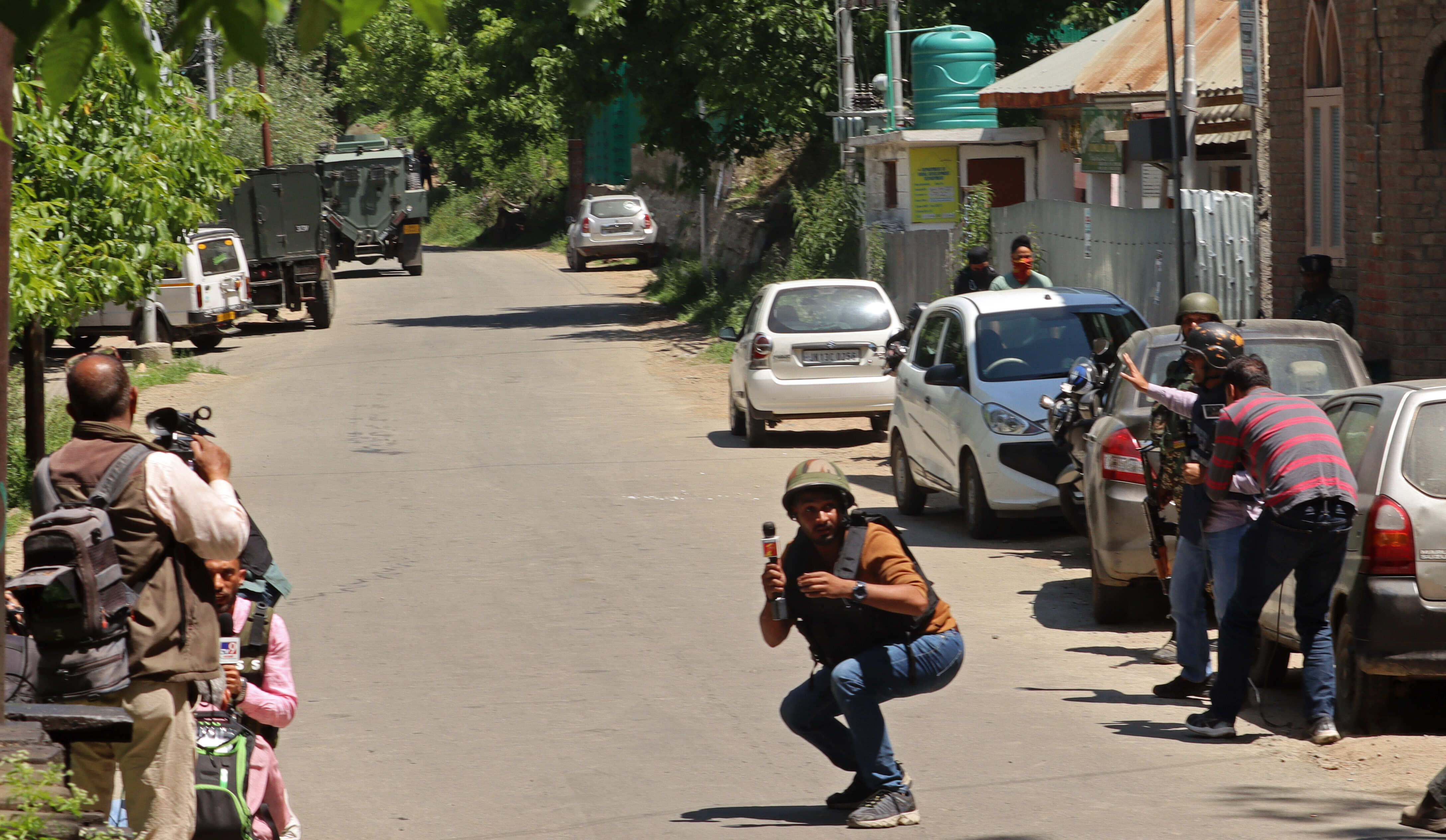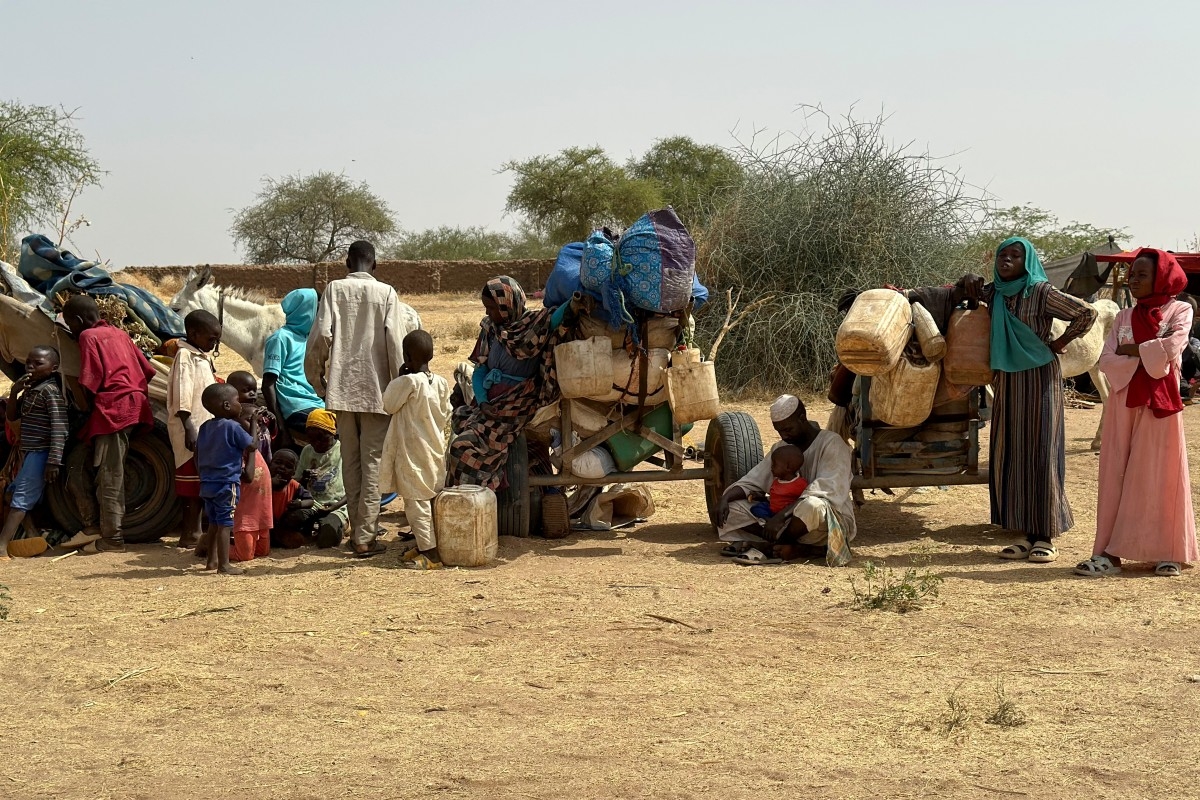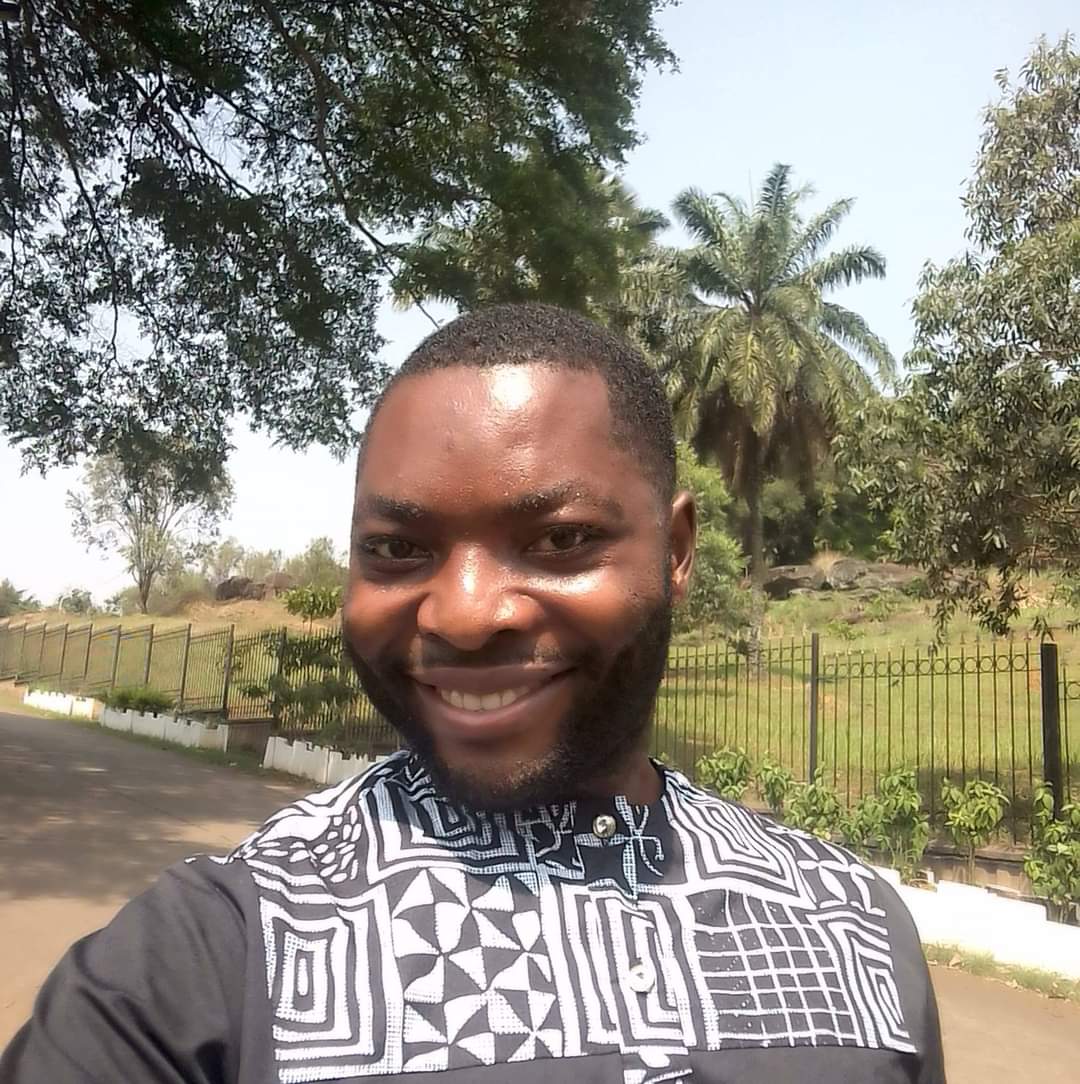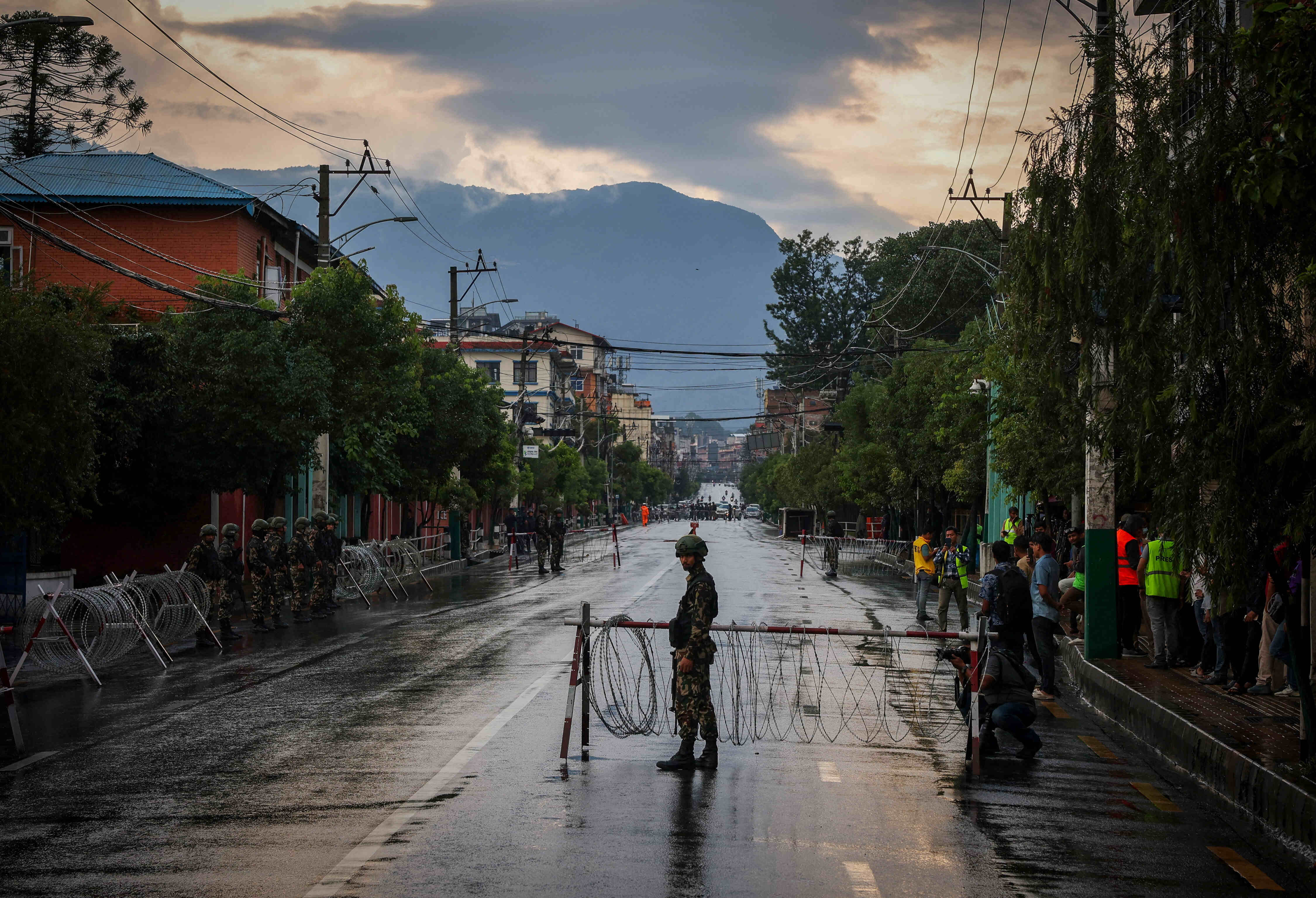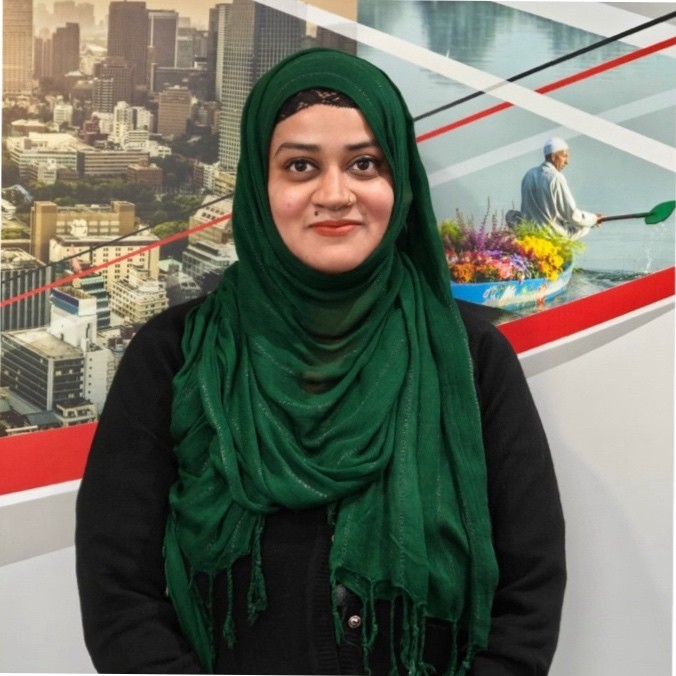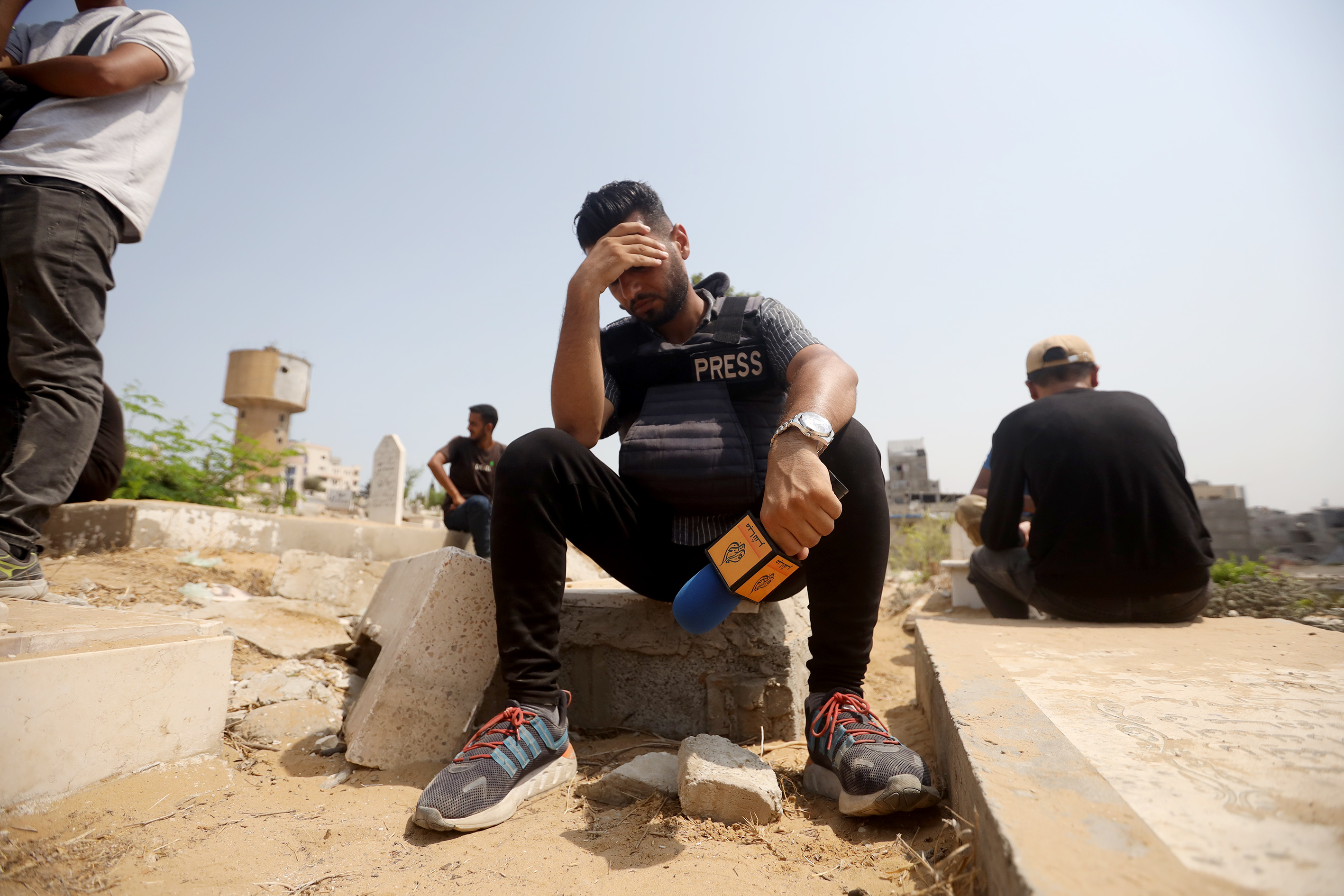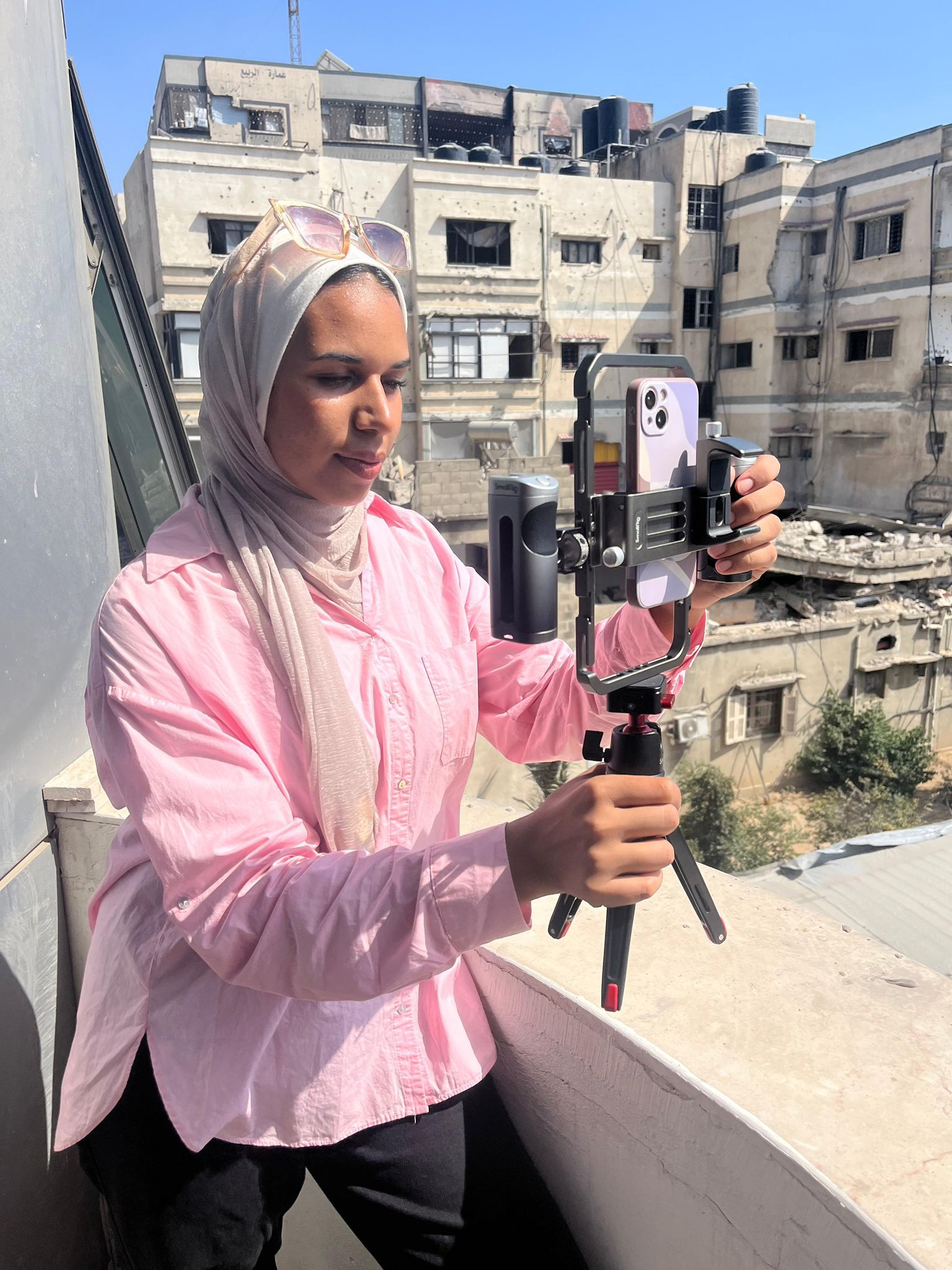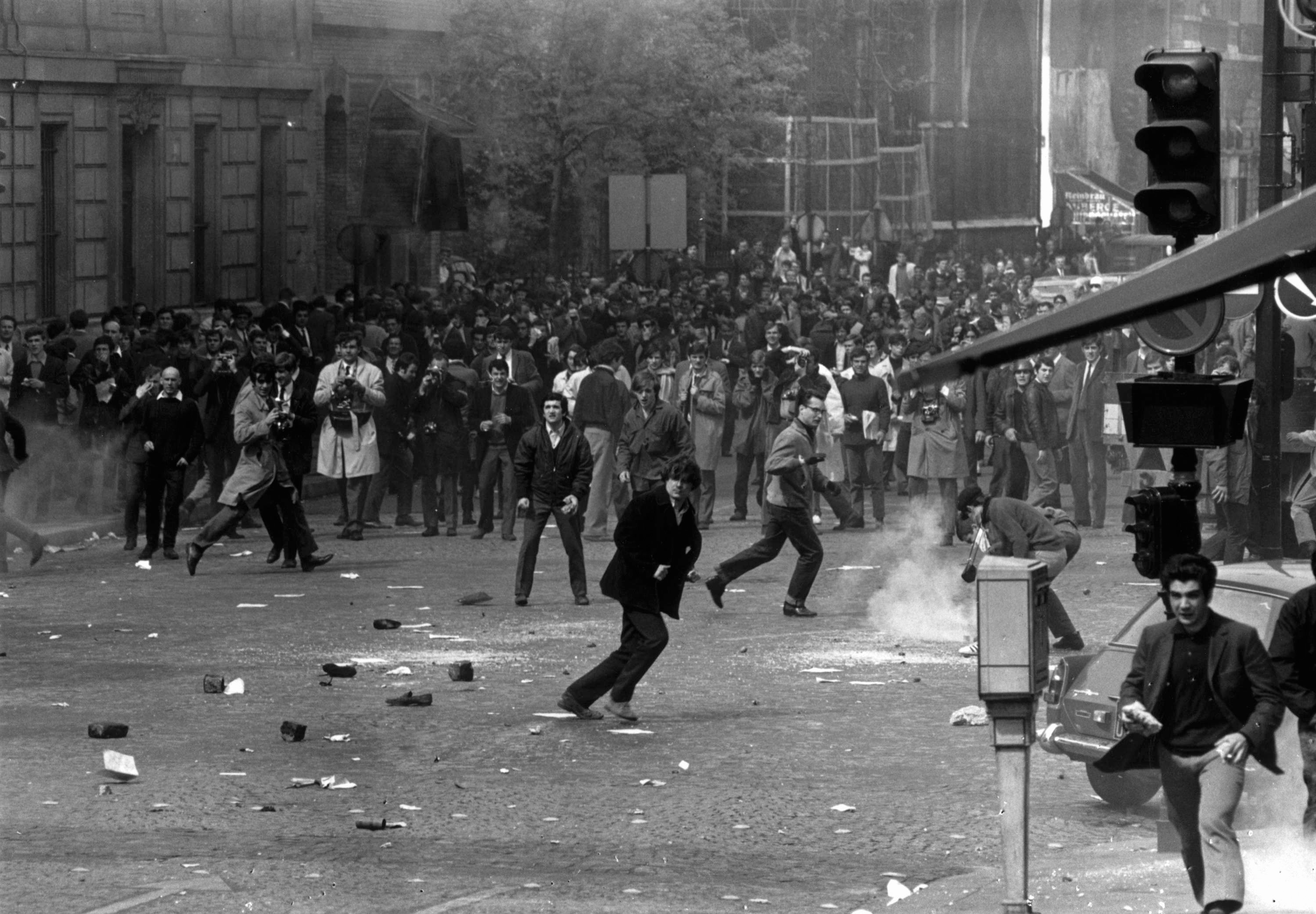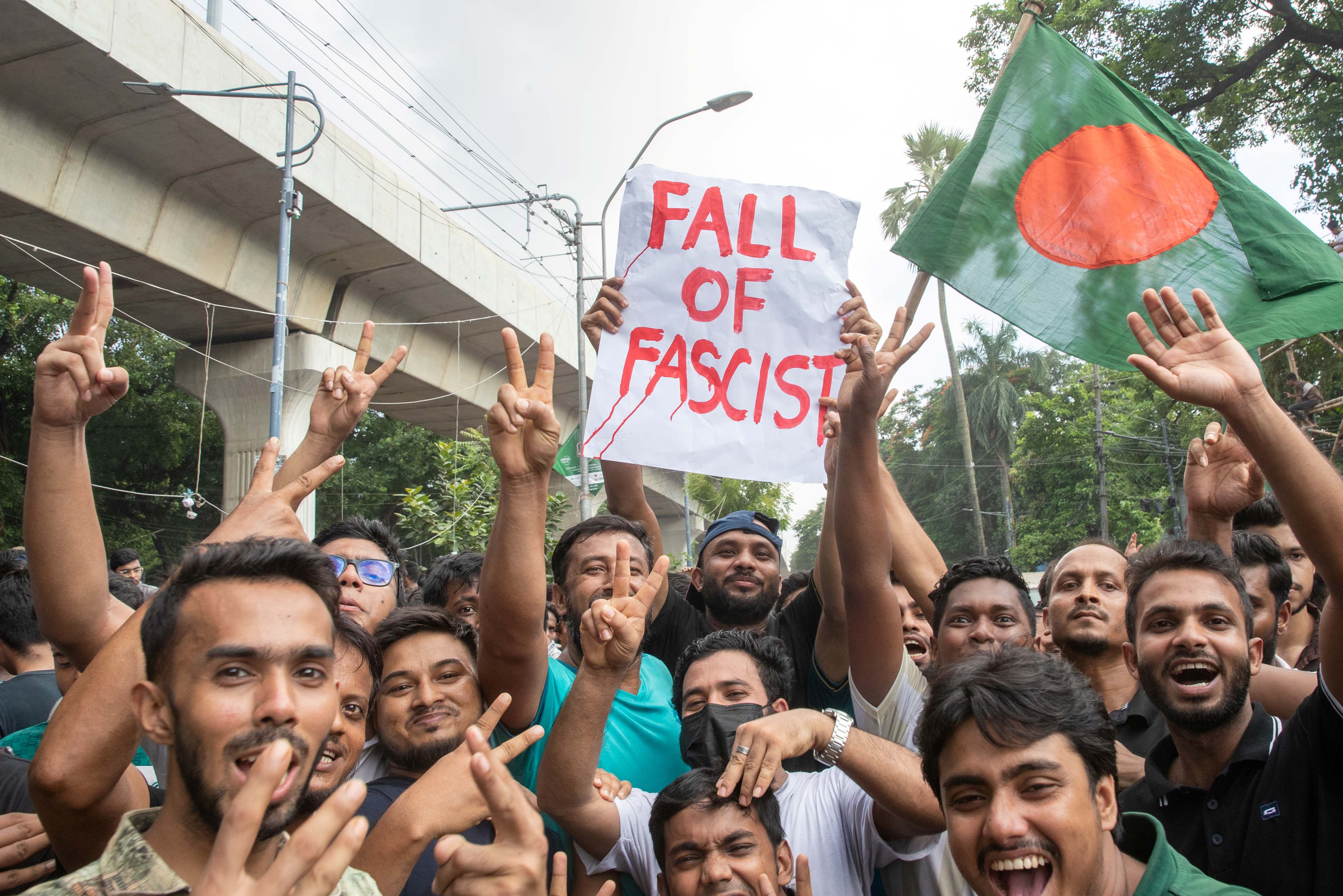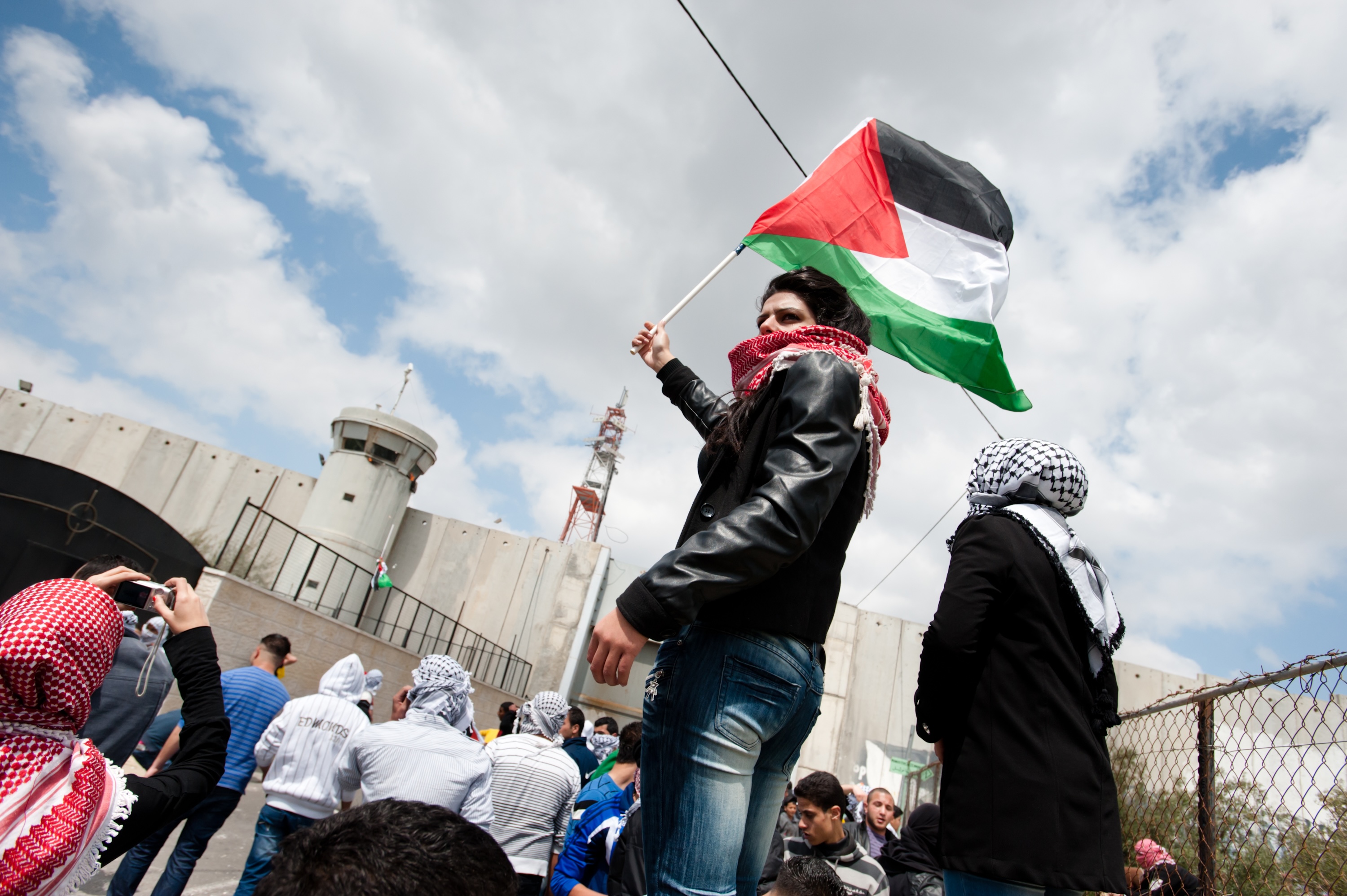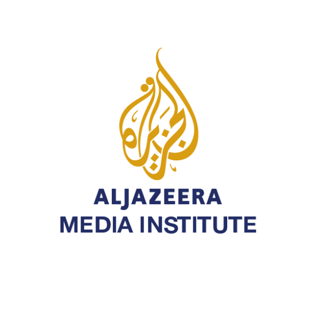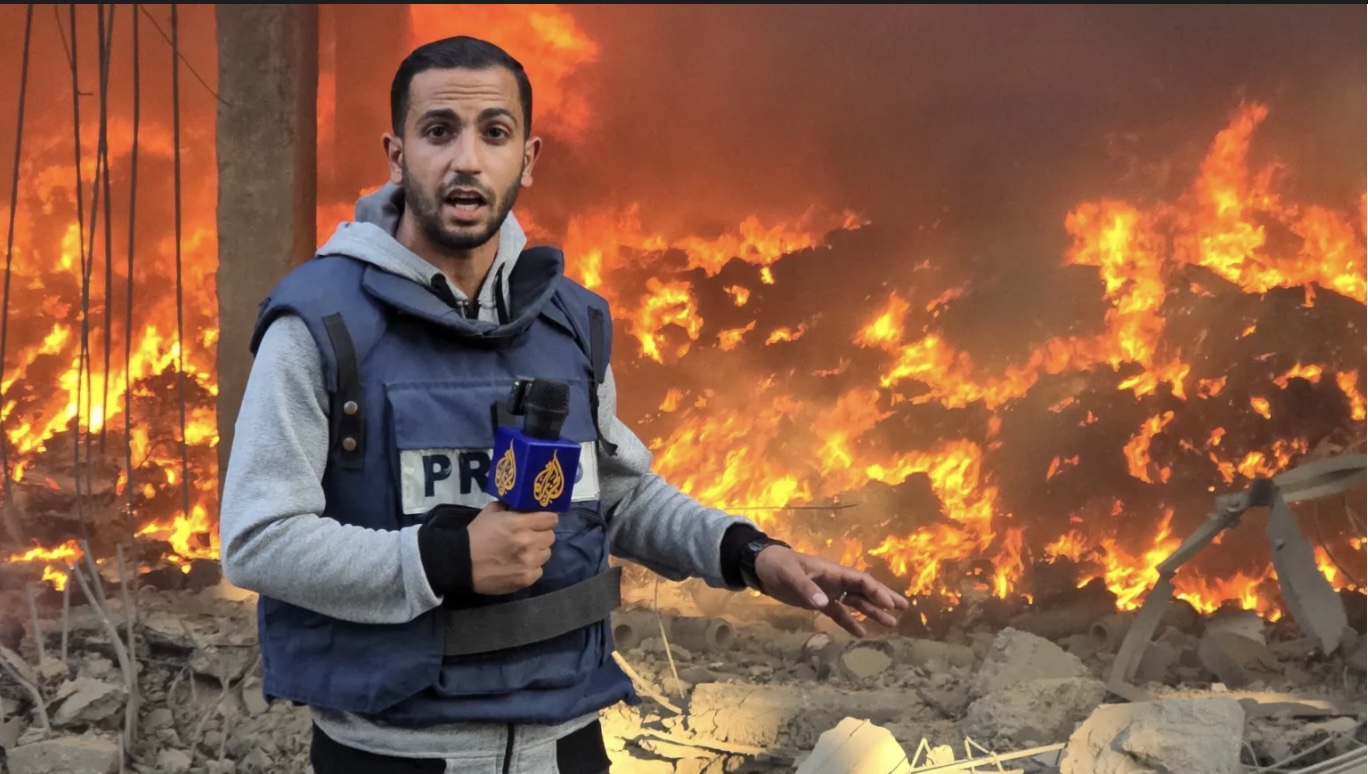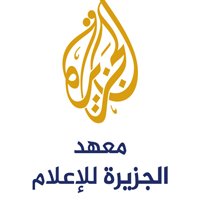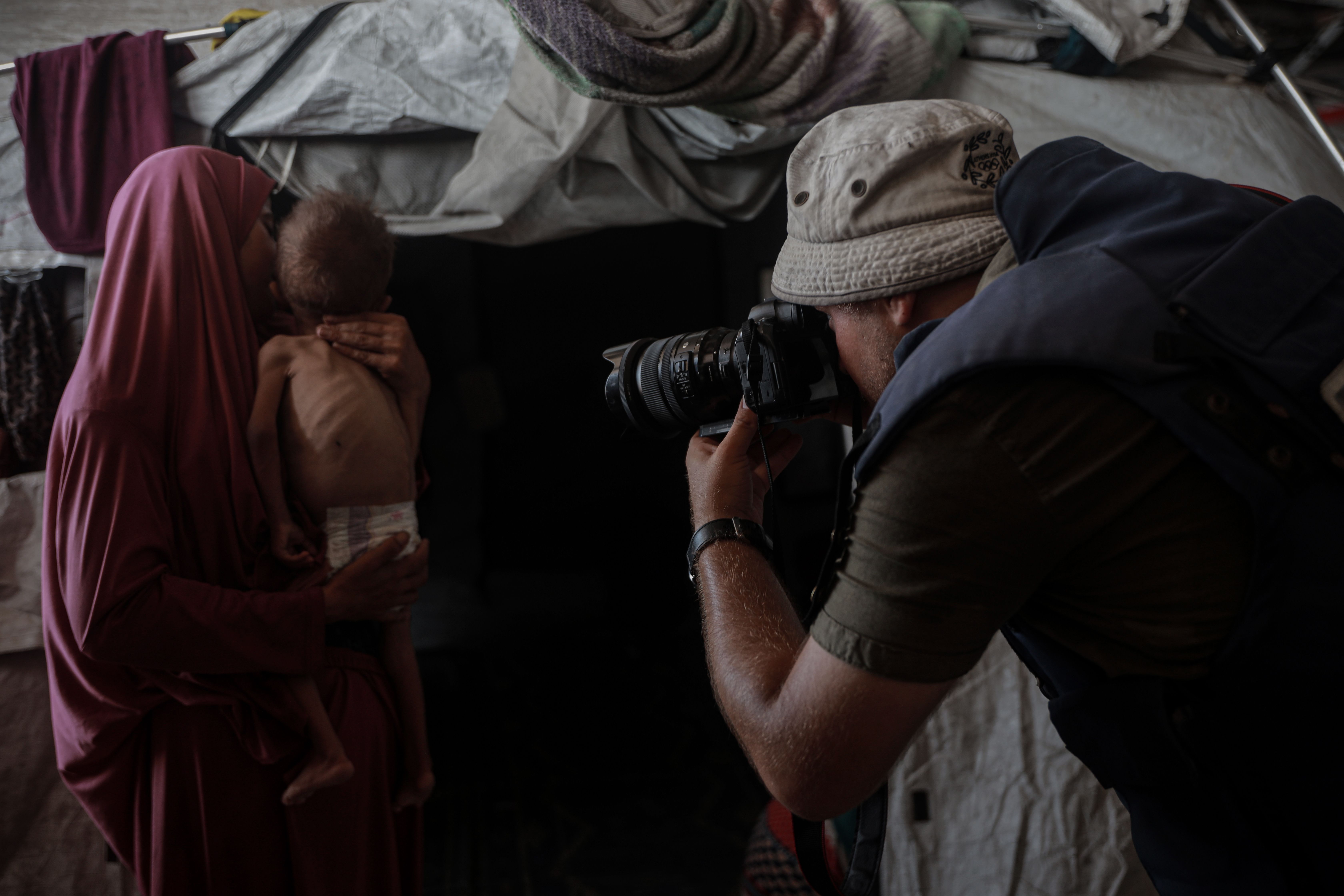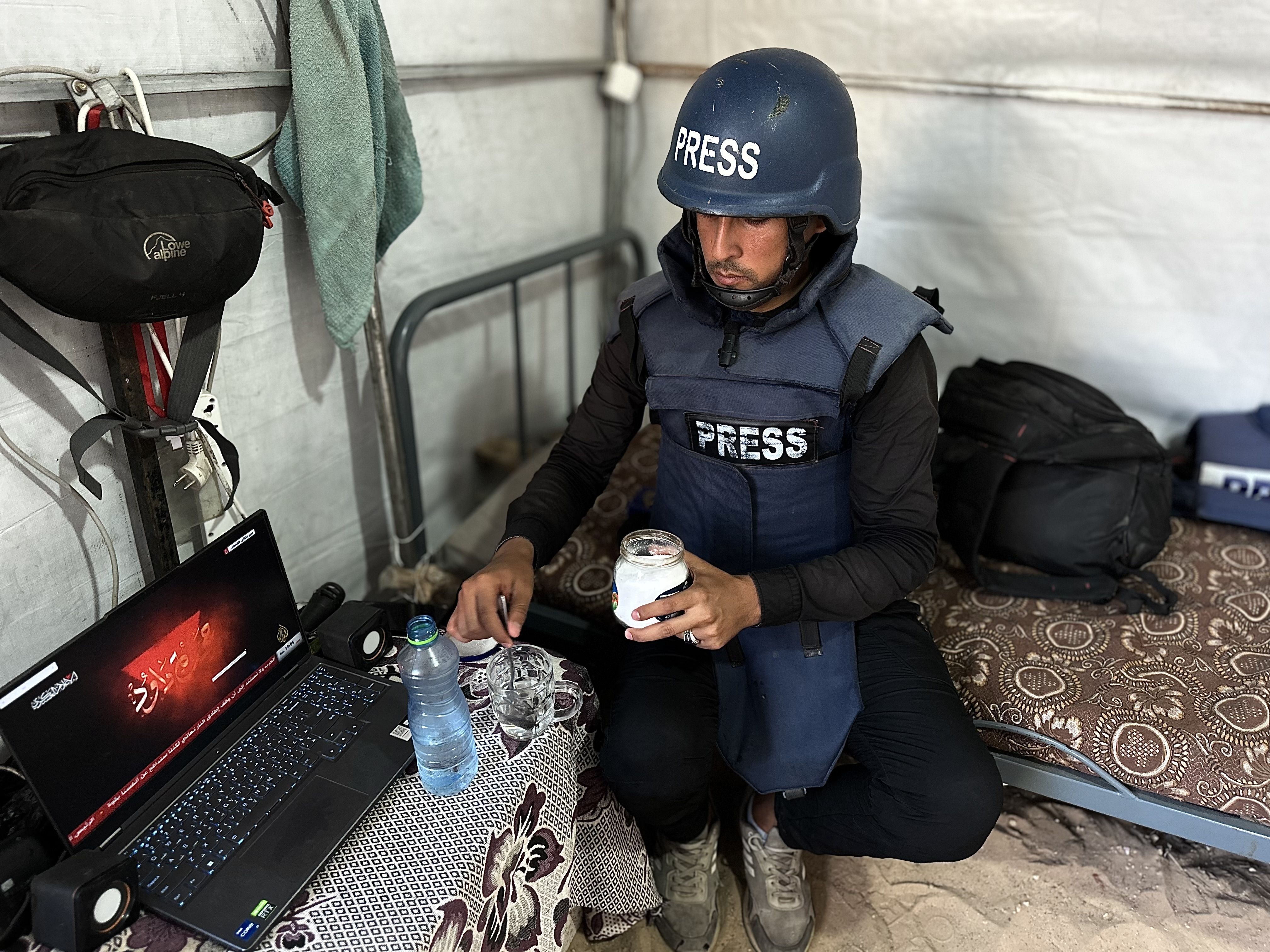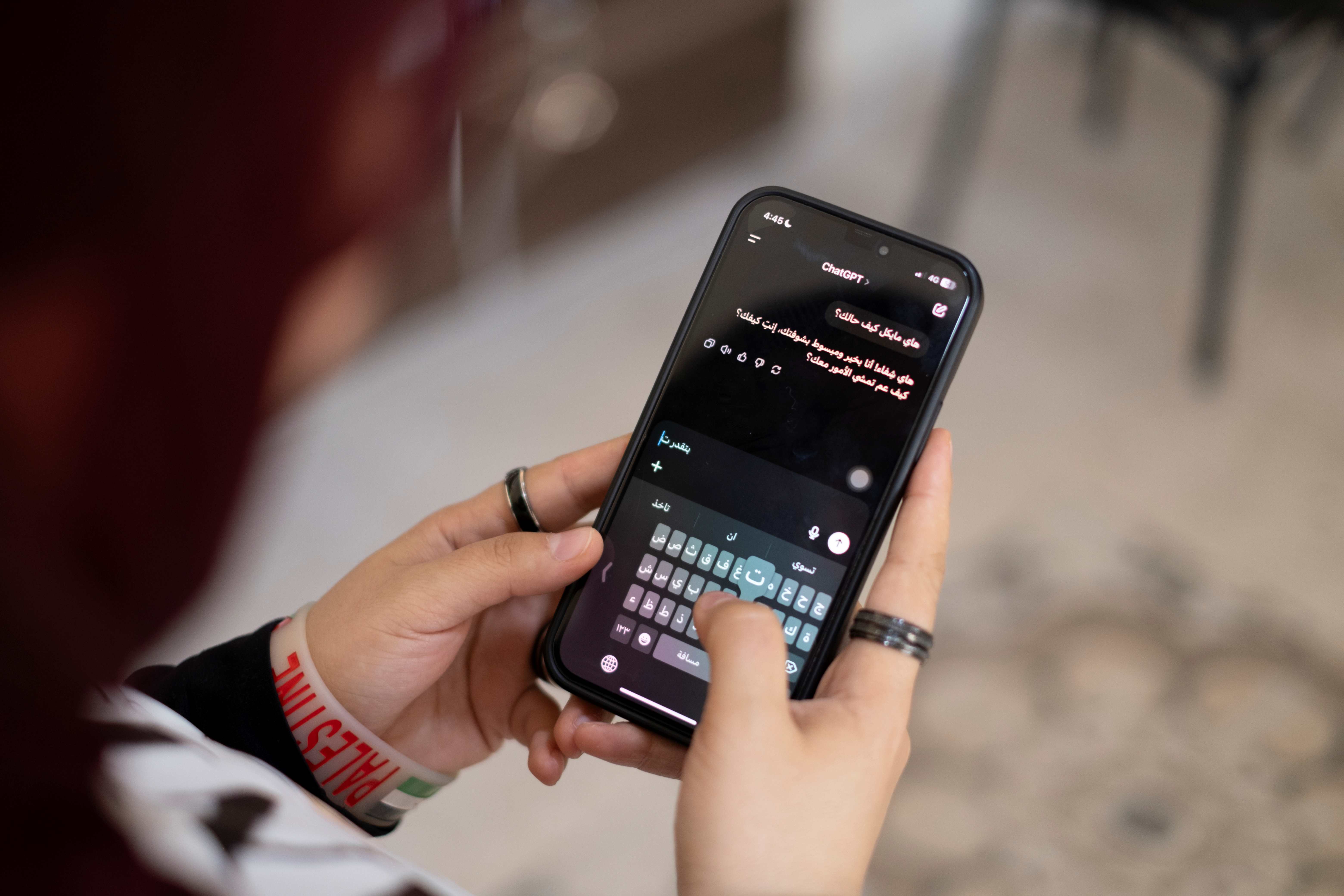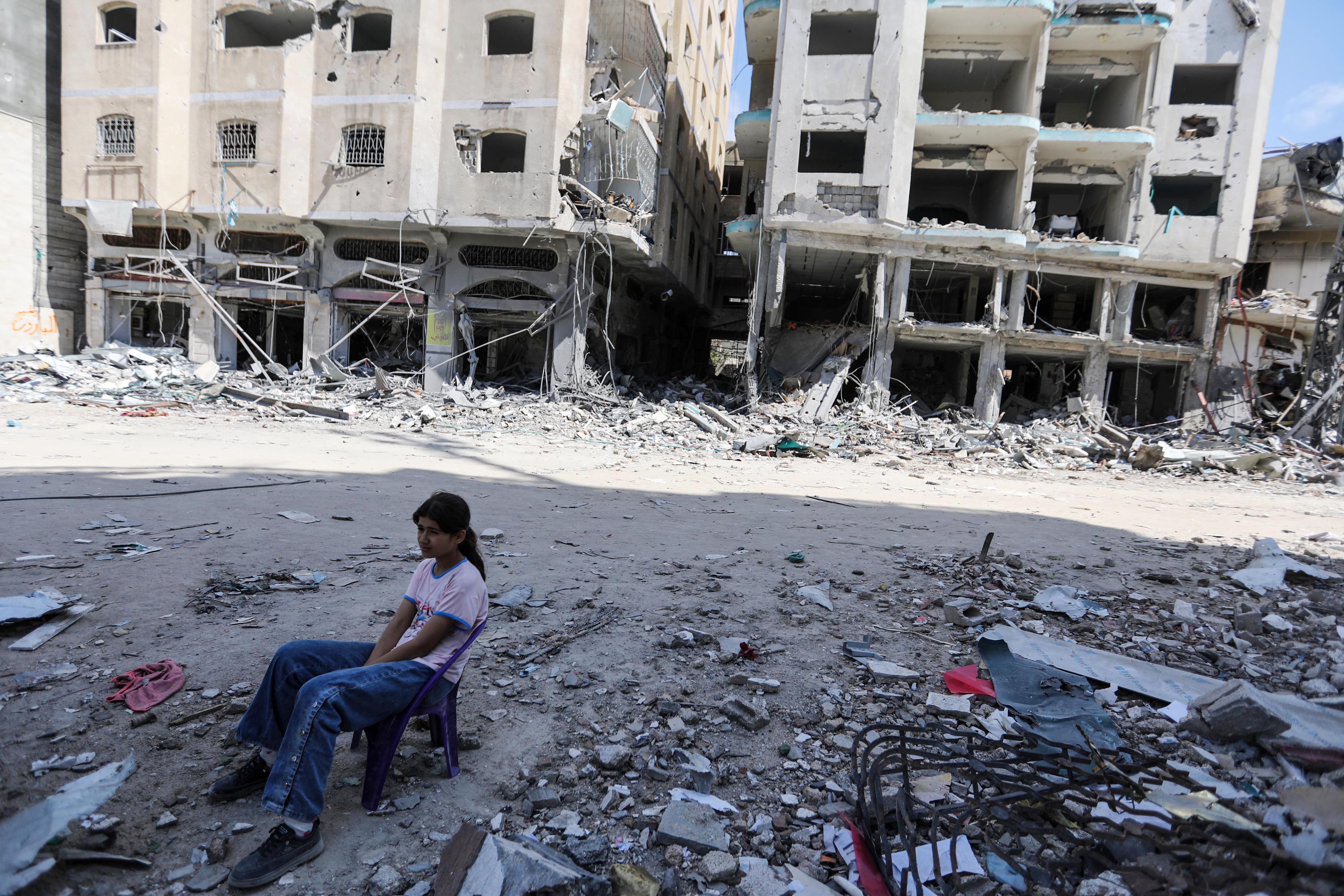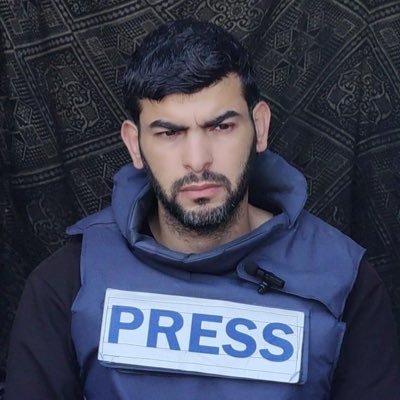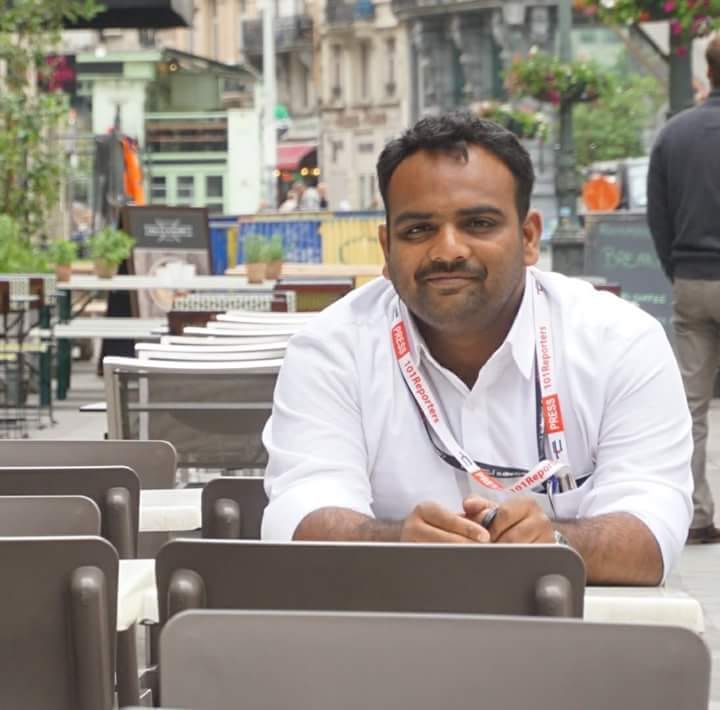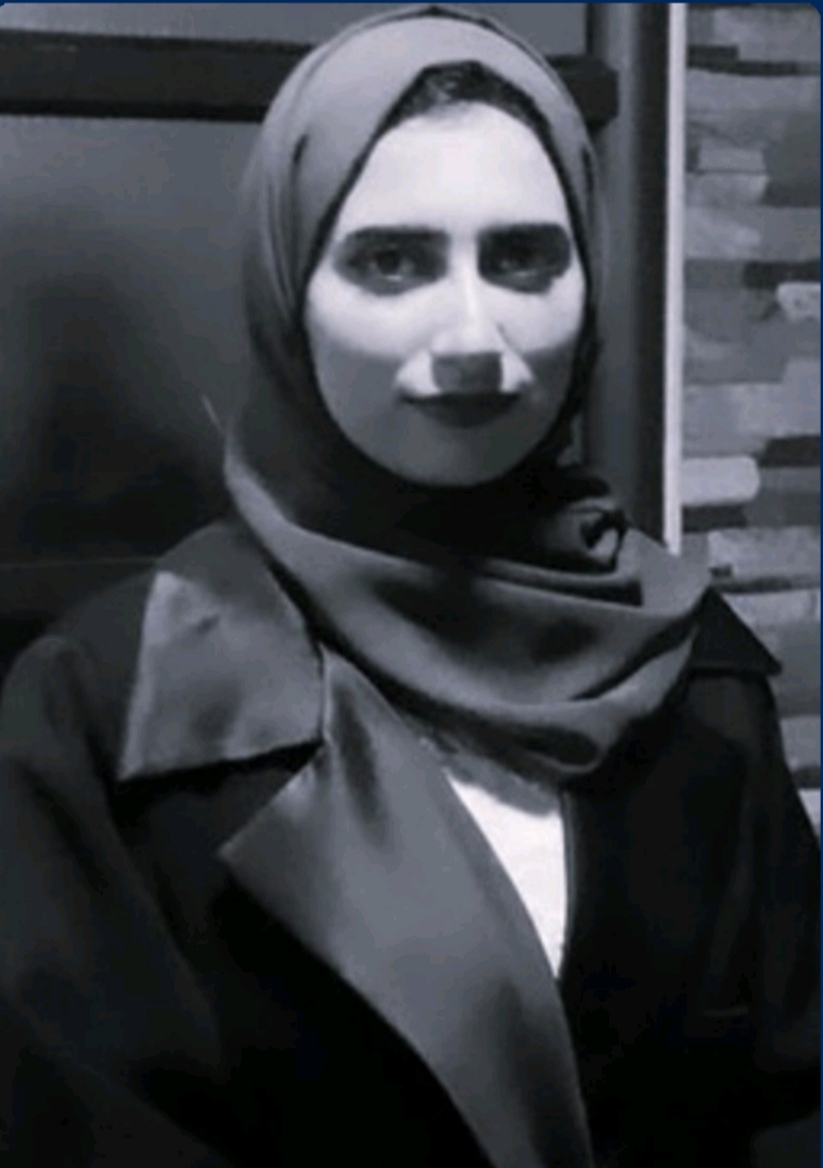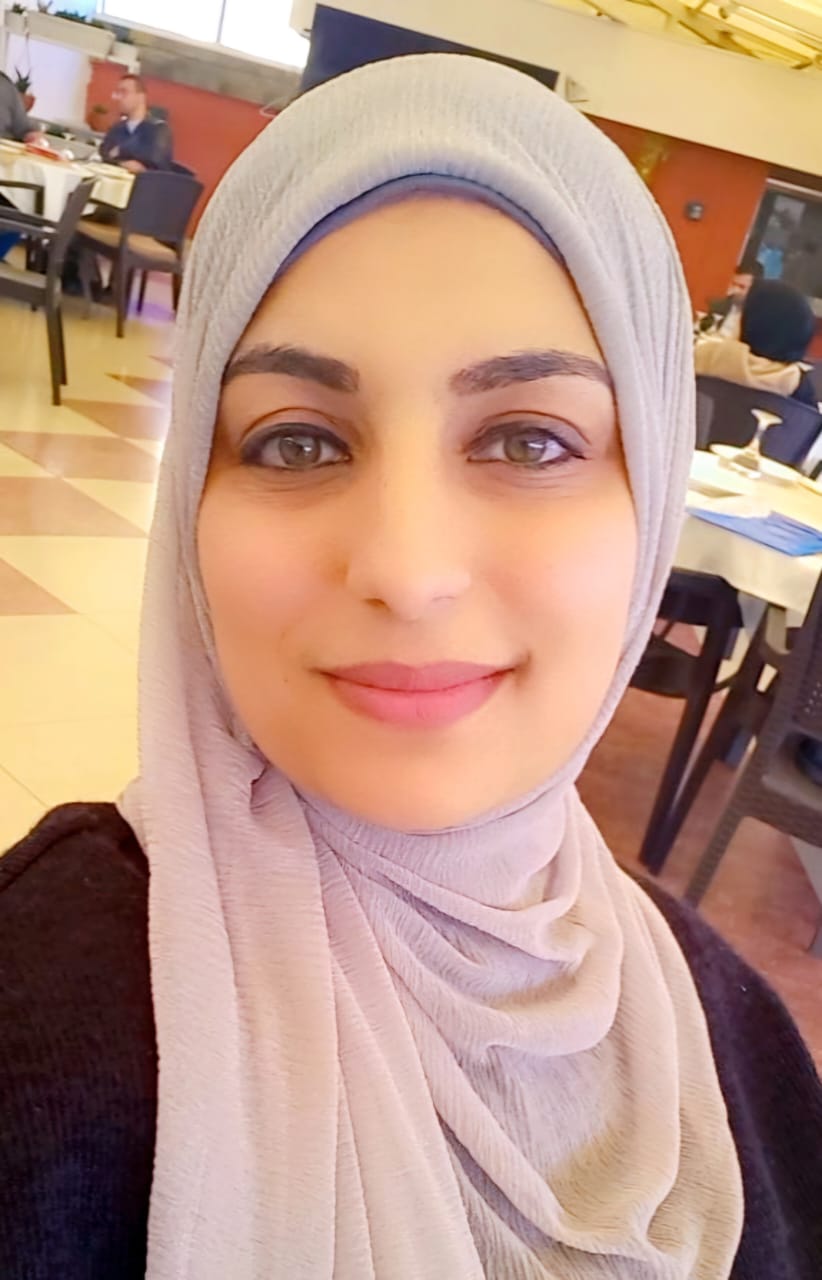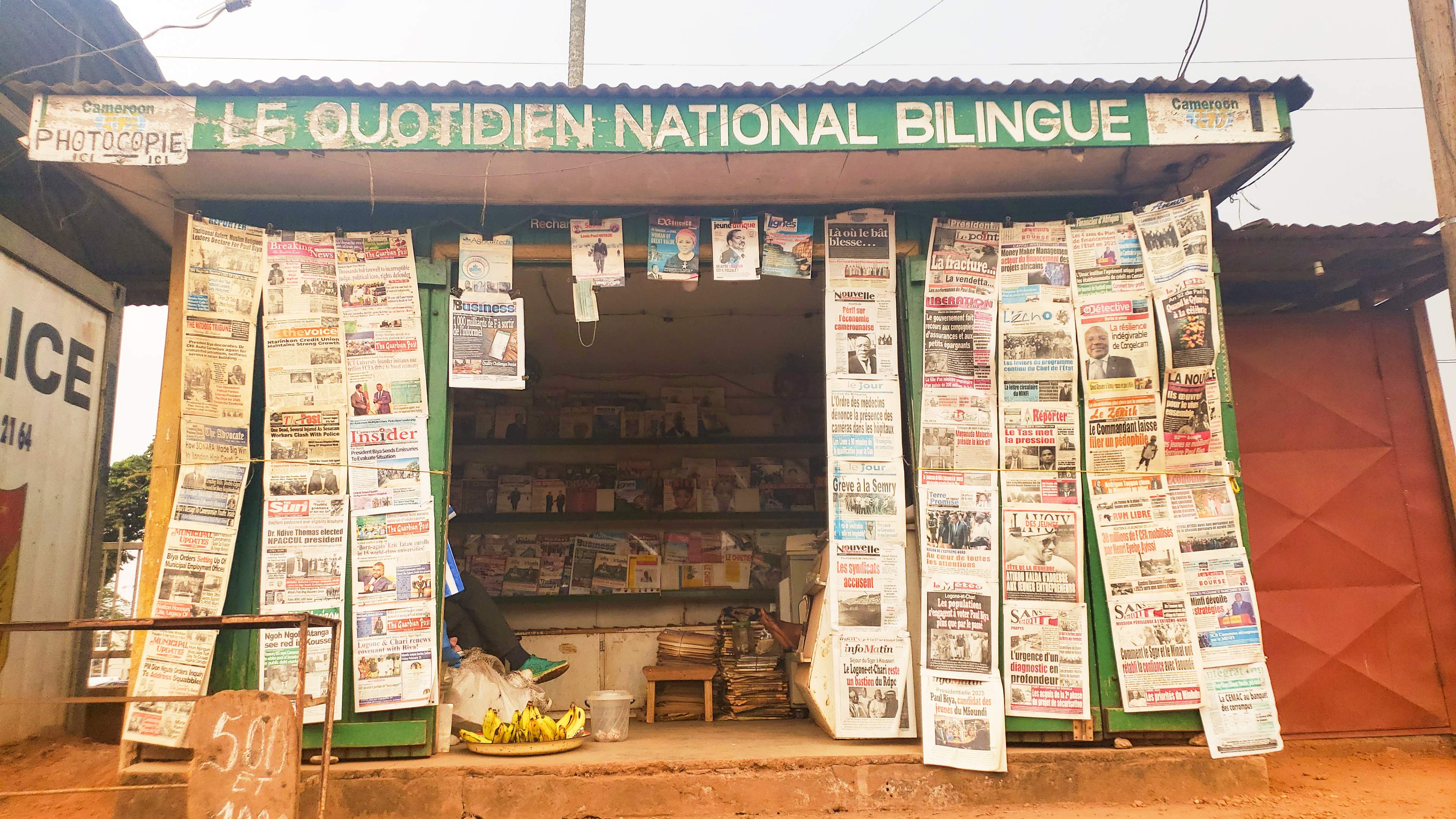تحصر الصحافة العربية رغم تعدد اختصاصاتها، الجنس اللطيف غالبا في دوائر الفن والثقافة والمجتمع والسياسة، بينما تتسع وتفتح أبوابها عريضة أمام الصحفيين الذكور في اختصاص الإعلام الرياضي الذي توصده أمام الصحفيات.
يتساءل البعض عن سبب احتكار هذا المجال من الفئة الذكورية غالبا، رغم تقارب الوسائل وتوحّد الغاية؟
لم يعد الحديث حول مباراة رياضية داخل استديو أو نقلها من داخل الملاعب مقتصرة على الرجال في بعض الأقطار العربية التي صارت فيها المرأة حاضرة في مجالات شتى.
فتونس التي تتميز بتفتح نسبي والتي تتجه إلى اعتماد مبدأ التناصف في الحياة المجتمعية، تبغي أن تكون نساؤها الأوفر حظا عربيا في منافسة الذكور والولوج إلى مجالات كمجال الإعلام الرياضي.
رغم ذلك لا تعكس الفرص المتاحة فيها للإناث القدر المطلوب، رغم الإحصاءات الرسمية التي تشير إلى أن التكوين الأكاديمي الرياضي متاح للجنسين، لكن التغطية من وراء العشب الأخضر محتكرة غالبا من الذكور. هذه المفارقة الغريبة تقود إلى التساؤل: في قلب النقلة في ولوج المرأة واختراقها مجالات عديدة يجمع البعض أنها مجالات ذكورية، لماذا ما زال عصيا أمام الصحفية الرياضية الخوض إلى مجالها من الباب الواسع؟
صحفيات داخل المدارج الرياضية
لئن خلص البعض إلى اعتبار أن المرأة أقل فطنة ومهنية في مجال الإعلام الرياضي واستشهدوا بأن صفة النساء اللطف، إلا أن الكثيرات من رائدات المجال الإعلامي الرياضي رأين أن نقل المعلومة ليست قوامة ولا جهدا، فكما تنقل المعلومة من داخل برلمان سياسي تنقل بذات الجودة والوسائل من قاعة ألعاب رياضية أو ملعب كرة قدم، فالغاية واحدة ونقل المعلومة والوسائل والكاميرا والميكرفون لا يختلف.
سهير عبيدي، الصحفية التي شقت طريق الرياضة، تقول "التغطية الإعلامية الرياضية ليست مرتبطة بقوة أو ضعف أو افتقاد الرقة.. لا أقر بأن الطريق معبدة أمام الصحفية وهي بصدد ممارسة عملها بتغطية حدث رياضي، بل ما زلنا نعاني تلك النظرة الذكورية لكن أقل من ذي قبل؛ إذ لا يزال تقييم أداء الصحفية خاصة في مجال الرياضة يحسب بإلصاق صفة الأنوثة واعتبار الجنس وكأن في المعلومة الرياضية أو الحدث الذي تنقله صحفية عيب دائم"، وتتابع "محليا تطورت الصحافة الرياضية نسبيا وليس كليا عن السابق، خاصة أن النساء في تونس دخلن على الخط في معظم المجالات. وإذا حدَّدنا المجال الرياضي، يمكن أن نشير إلى أن تونس فيها منتخبات نسائية رسمية للكرة الطائرة وكرة السلة وحتى كرة القدم، بل إن وزارة الرياضة حاليا تترأسها امرأة".
الثقافة الرياضية خط التنافس وليس الجندر
نعيمة ساسي واحدة من الصحفيات اللاتي لهن بصمة خاصة في التقارير الرياضية، تروي بدايتها مع الإعلام "بدأتُ في الصحافة المكتوبة منذ 2005، لم يكن اختياري للإعلام الرياضي اعتباطيا؛ فقد كان لي ميل كبير وشغف منذ سنوات الثانوية لمشاهدة ومتابعة البرامج الرياضية والمباريات، حتى تكونت لي ثقافة معرفية محترمة أهلتني أن أدخل هذا الاختصاص.. أنا أؤمن بأن للإعلام الرياضي ثقافة وخلفية معرفية ولا تتعلق بالجندر".
وعن التحديات التي تشترك فيها أغلب الصحفيات، خاصة اللاتي تتردَّدن على الملاعب الرياضية للتغطية، تقول نعيمة "لم تكن البيئة وردية أمام فتاة تحمل الميكروفون والكاميرا وسط جمع من الجماهير الذكور في الملاعب الرياضية؛ فقد وجدت عند تغطيتي لمباريات في جهات كثيرة عن العاصمة أن النظرات تتوجه إلي في الملعب من كل حدب وصوب، خاصة أن الملاعب أماكن يكثر فيها الكلام المشين وربما يصل أحيانا بالعنف والحرق، حتى أننا شهدت عديد الأحداث؛ ففي أول تغطية لي بملعب، أذكر حصول أحداث شغب وحرق، لكنني خرجت من غير سوء".
رجاء السعداني أيضا تُعتبر من فاتحات مجال الإعلام الرياضي النسائي، وقد لاقت عند تخرجها طفرة في مجال الإعلام الشبابي، وتزامن حصولها على الشهادة الأكاديمية مع سنة الرياضة المدرسية والجامعية في تونس؛ فجاءت الفرصة سريعا ليبرز اسم رجاء في برنامج "مدارج رياضية " الذي يعرض في القناة الثانية آنذاك، تروي رجاء "كنت شغوفة بالعمل التلفزيوني وكنت في الوقت ذاته رياضية، فجمعت بين هذا وذاك، وكان حلمي تقديم برنامج رياضي على القناة.. شيئا فشيئا لاقيتُ استحسان المدير العام الذي دعاني ذات يوم لتقديم برنامج رياضي على القناة الرسمية الأولى، تفاجأت حينها وترددتُ خشية عبء المسؤولية، خاصة وأن البرنامج يعرض على القناة الرسمية.. بدأتُ مشواري غير آبهة بالتحديات التي كان أولاها الانتقادات التي توجهها الجماهير لزميلي المقدِّم معي في الاستديو، والاحتجاج عن فكرة أنه كيف لامرأة أن تطرح الأسئلة، بينما كان التحدي الأصعب هو الجماهير التي لم تكن تسمعني، وبمرور الوقت تقبَّلتني، واستوعبت أن ما أقول وأحلِّل كامرأة، لا يقلِّل من قيمة المعلومة الرياضية بل بالعكس يثريها".
التكوين متاح للجنسين أما العمل فالذكور أوفر حظا
ضحى إسماعيلي واحدة من الصحفيات اللاتي تركن كُرها العمل الرياضي واكتفين فقط بالشهادة الأكاديمية في هذا الاختصاص.. تقول "رغم تألق بعض الصحفيات إلا أنني واجهت صعوبات أقنعتني أن هناك تنافسا من الصحفيين الشباب يكون فيه الطرف الفاشل عادة هو المرأة العاملة في المجال الرياضي، وهناك نظرة تنقصها ولا تنصفها.. ليس هناك استباق للنساء في الظهور ولا تميز في هذا المجال، هناك تفضيل مؤسساتي يغيِّب حظوظ الصحفية الرياضية، فالفُرص المحدودة جعلتني أجاري الظرف وأترك الصحافة الرياضية وأتوجه للعمل كصحفية سياسية، لكن هذا لا يدخل في الحكم أن مصير كل أنثى مختصة في الإعلام الرياضي ترك هذا المجال مثلي.. ترك هذا المجال الشيق بالنسبة لي كان ضرورة ومؤقتا وليس هجرانا من غير رجعة، لحين الحصول على وظيفة في هذا الاختصاص".
أما في الضفة الرجالية، فلا يرى أنيس السحباني -وهو من أهل الاختصاص- ضيرا في دخول الصحفيات مجال الإعلام الرياضي.. "لقد كنا نسافر في بعض الأحيان إلى أفريقيا لتغطية مباريات مهمة، وكان العنصر الأنثوي حاضرا كثيرا، وهذا مؤشر جيد على تطور العقلية المجتمعية"، ويتابع "في البداية لم تكن القصة مقبولة؛ فلطالما خاضت بعض الزميلات الصحفيات في بداية مشوارهن الرياضي عديد المشاكل ونقص ثقة الجماهير، لكن تبين بعد ذلك لهذه الجماهير أن الجنس لا يؤثر؛ فالمعلومة واحدة ولا حاجة للتفرقة في نقل المعلومة لأن الكل سواسية والخبرة هنا والمعرفة هما الفيصل"، ويختم أنيس "بالنسبة لي كرئيس مصلحة الرياضة في إذاعة إكسبرس أف أم، أُشجع كل صحفية شغوفة بالعمل الرياضي وما زالت مترددة خشية نظرة المجتمع أو المشجعين".
الجماهير.. قلة ثقة أم نظرة مسبقة؟
وسيم الكزدغلي، مشجع رياضي رفض فكرة عمل الصحفيات الإناث في مجال الإعلام الرياضي مستشهدا بمثال من مواكبته المستمرة وحضوره المكثف للمباريات.. "ربما تكون فكرة تقديم المرأة وظهورها في الاستديو الرياضي مقبولة نسبيا، لكن هناك كواليس خلف الكاميرا وخاصة في الملاعب الرياضية أراها سببا مباشرا في تمييزي شخصيا الصحفيين الذكور".
ويحيل السبب إلى أن الملاعب بعد كل مباراة معرضة للعنف، وقد تكون الصحفية عرضة للعنف اللفظي والجسدي لأنها لا تتصرف في تلك اللحظة مثل الرجل الذي يمكن أن يكون أكثر بداهة في حماية نفسه، كما تتطلب التغطيات أحيانا من الصحفي الجرأة والركض وراء اللاعب للظفر بتصريح، والمرأة بطبعها كائن لين يغلبه اللطف". ويضرب مثالا على ذلك ما شهده شخصيا في مباراة المنتخب الليبي والكونغولي، حيث لم تتمكن صحفية من الوصول للاعبين لأخذ تصريح حتى أنها سقطت وسط الزحام.. "لذلك فلإكرامها وليس لإقصائها، أنصحها أن تنشط داخل الاستديو وليس في الملاعب".
رغم صعود أسماء صحفيات تونسيات مجال الإعلام في تونس إلا أنهن ما زلن نزرا قليلا، ورغم أن معهد الصحافة بتونس يتيح للجنسين تعلُّم قواعد الاختصاص الإعلامي الرياضي ويوفر الشهادة للجنسين على حد سواء، إلا أن بعض المؤسسات ما زالت كفيفة عن انتداب صحفيات في مجال الإعلام الرياضي.
